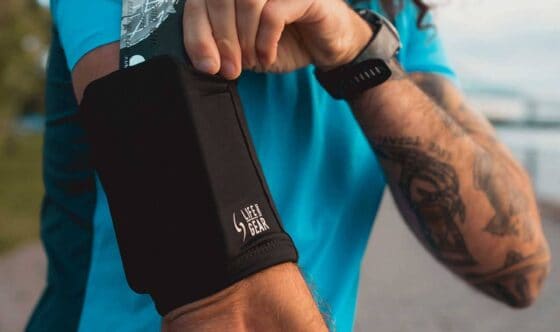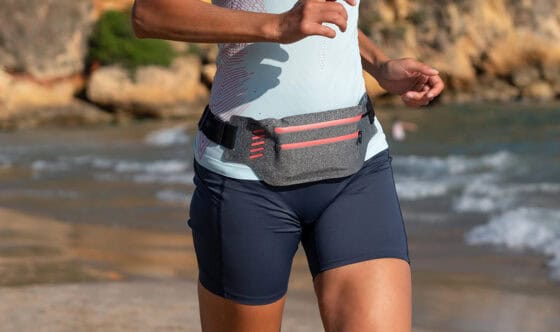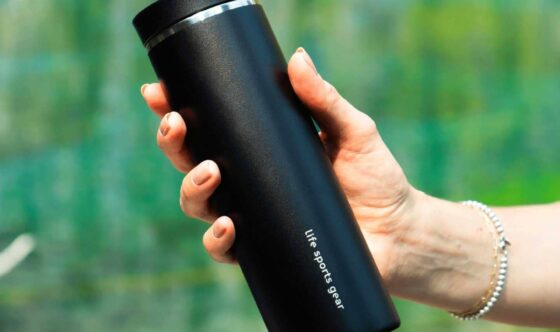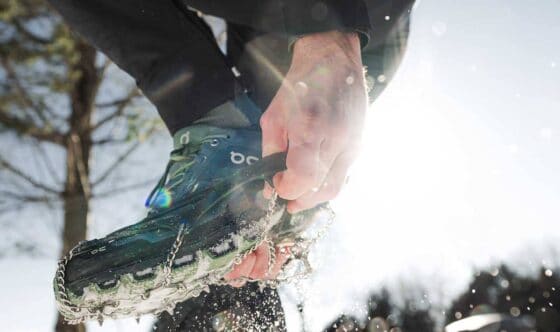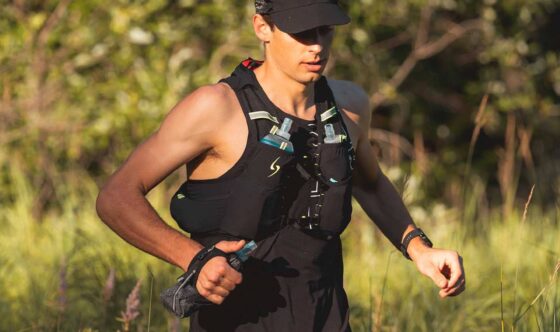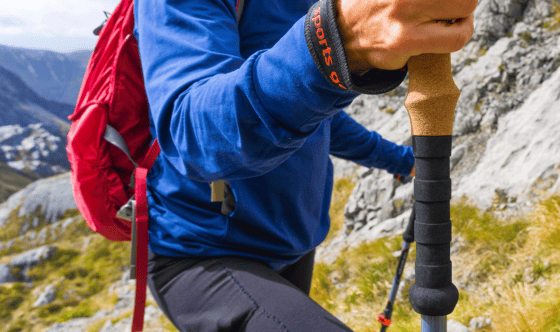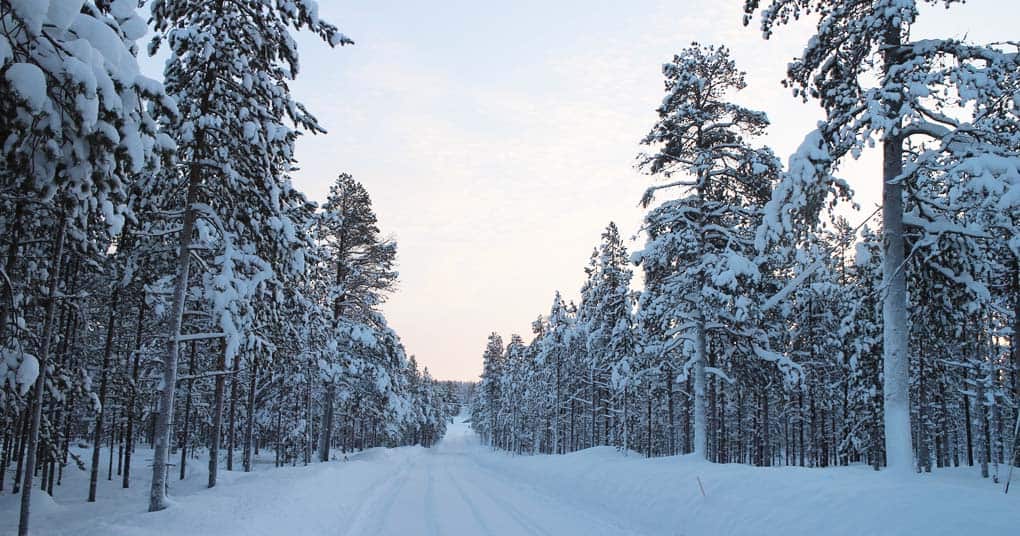Learning to run during winter
09-01-2024 | Running“Is it possible to run during winter?” If you can put one foot in front of the other, the answer is most likely yes. However, there are several things to consider before putting on your shoes and stepping into the snow.
The peculiarities of winter running
Running during winter, it’s not only being active in the cold. The low temperatures bring their share of particularities. The running surface is different than in summer and it will quickly change as you go. You’ll need to pay special attention to it to avoid injuries and falls. Your energy consumption also changes when you run during the winter. Even if you aren’t breaking your records, your body is still working as hard, if not harder, than in the summer because it will spend extra energy to propel itself on slippery surfaces and to stay warm.
And don’t forget to hydrate! You’ll feel less thirsty than in the warm season, but your body still needs to replenish its water supply after a run.
-

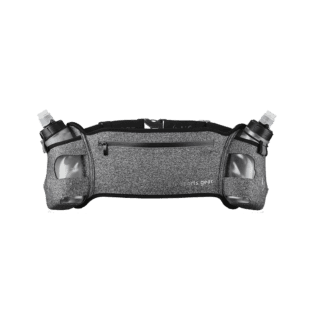 Shop This product has multiple variants. The options may be chosen on the product page
Shop This product has multiple variants. The options may be chosen on the product pageHydration Belt Wave ECO
$57.99 -

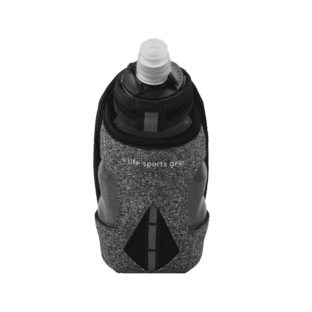
-
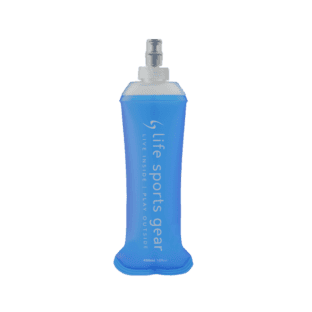 Shop This product has multiple variants. The options may be chosen on the product page
Shop This product has multiple variants. The options may be chosen on the product pageSoft Flask
$19.99 -
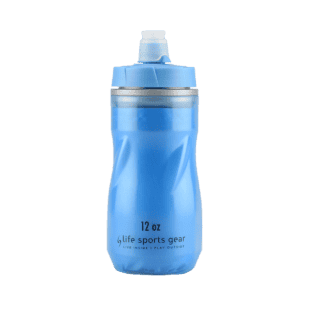 Shop This product has multiple variants. The options may be chosen on the product page
Shop This product has multiple variants. The options may be chosen on the product pageInsulated Bottle 12 oz
$17.99
Adjust your gear
If this is your first time running during the winter time, your reflex will probably be to overdress. Don’t wear your everyday coat: you’ll quickly regret it! The multi-layer system is the most effective way to keep you at a comfortable temperature throughout your run. If you’re comfortable as soon as you step outside, you’ll be too warm once moving.
For your upper body, three layers are suggested. The first one, close to the body, allows the humidity to evacuate and to keep you dry. Moisture is your worst enemy when it comes to being active in the cold, because it makes your clothes wet, which increases the speed of heat loss by 25%. The second layer is used to conserve your body heat. Whether it’s made of wool or synthetic fibers, the important thing is that it doesn’t interfere with your movements. The third layer should be a light coat to keep your body away from the weather conditions. It must not be too hot, otherwise you’ll be sweating as soon as you start running. The windbreaker is a popular choice for runners.
For the lower body, the first two layers should be enough to keep you warm. Avoid loose pants, because they will allow cold air to infiltrate the space near your skin. Lined leggings are a great clothing option. Your feet must also be protected from the cold. Socks made from a first layer of Primaloft and a second from merino wool will keep your feet warm, while allowing humidity to evacuate efficiently. If your run takes you on icy roads, you may want to consider adding crampons to your equipment. Many models can be installed directly on your shoes and be removed just as easily.
-
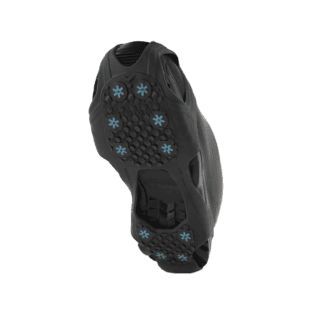 Shop This product has multiple variants. The options may be chosen on the product page
Shop This product has multiple variants. The options may be chosen on the product pageRunlite crampons
$39.99 -
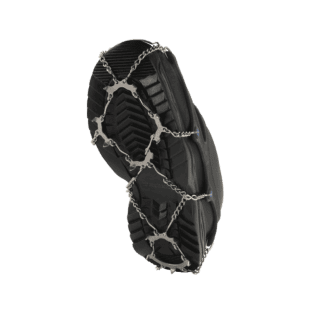 Shop This product has multiple variants. The options may be chosen on the product page
Shop This product has multiple variants. The options may be chosen on the product pageSpike Trail Crampons
$69.99 -
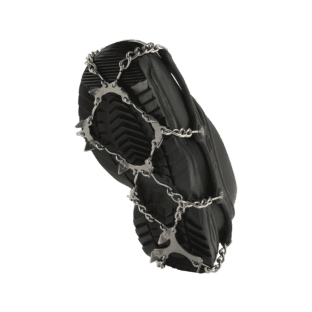 Shop This product has multiple variants. The options may be chosen on the product page
Shop This product has multiple variants. The options may be chosen on the product pageSpike Pro2 Crampons
$74.99
Don’t forget your head! This is where most of your body heat escapes. Protect it with a running hat or a balaclava to avoid frostbite at the tips of your ears.
Adaptation: The word to remember
Remember: Your performance probably won’t be at its best during winter. Running at a low temperature requires a lot of adaptation to your body. You need to do the same for your trainings. Modify your path, shorten the length of your runs, change your training days according to the weather. Running in a snowstorm isn’t pleasant for anyone! You can always wait for the next day or, if possible, choose the treadmill.
Your stride will also be different. Your steps must be shorter, but more frequent, to increase the stability of your foot. The muscles you work won’t be the same as in the summer either, so start with shorter runs to give your body time to adjust.
Your love for running doesn’t need to weaken with the arrival of cold weather. You just need to be well prepared to enjoy it year-round.

